From the Sweet Lady to the Crème de Cognac: Three expert opinions on the top dahlias to buy and plant now
The chase is on: if you want to grow the best dahlias in your borders this year, you need to get your orders in soon, says Val Bourne.


You may think that January is precociously early to be mentioning dahlias, but most of the websites and catalogues go live on January 1. Yes, you could wait to buy plants, but if you want the best of the new varieties, you need to order tubers and these sell out quickly, because dahlias are riding the crest of a fashion wave.'
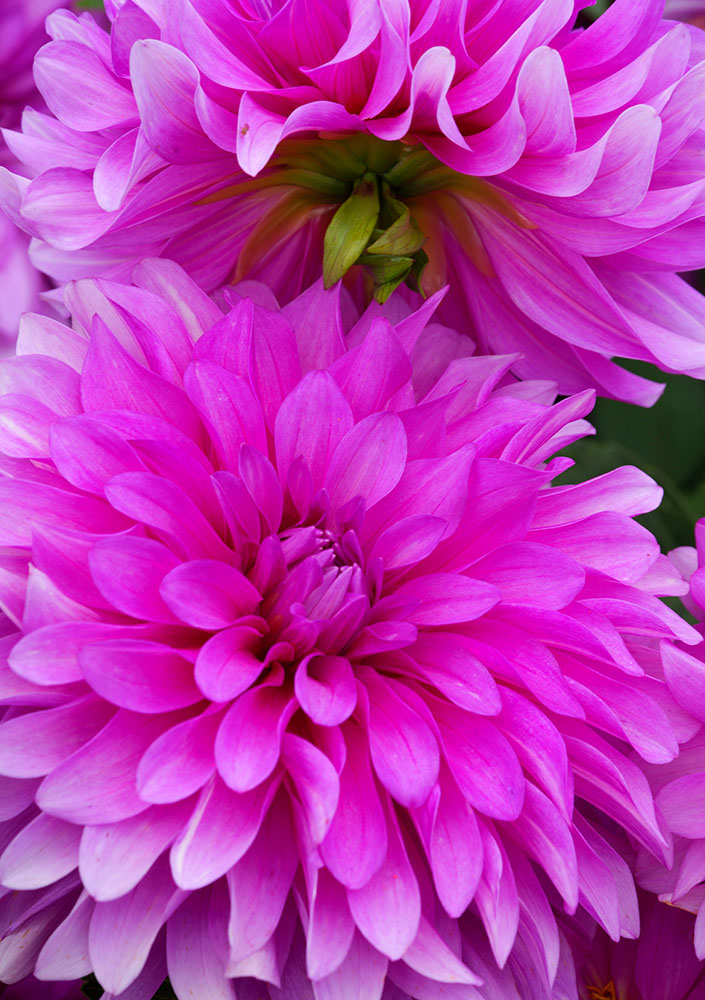
‘I never use less than five, seven or nine of one variety, so if you lose one or two, the display is still good enough to hold its own’
This year, they may also be in short supply, because one major Dutch grower lost 5.5 million cuttings after they were sprayed with weedkiller by mistake.
To help you choose the best, we’ve asked the experts to pick their favourites for 2019.
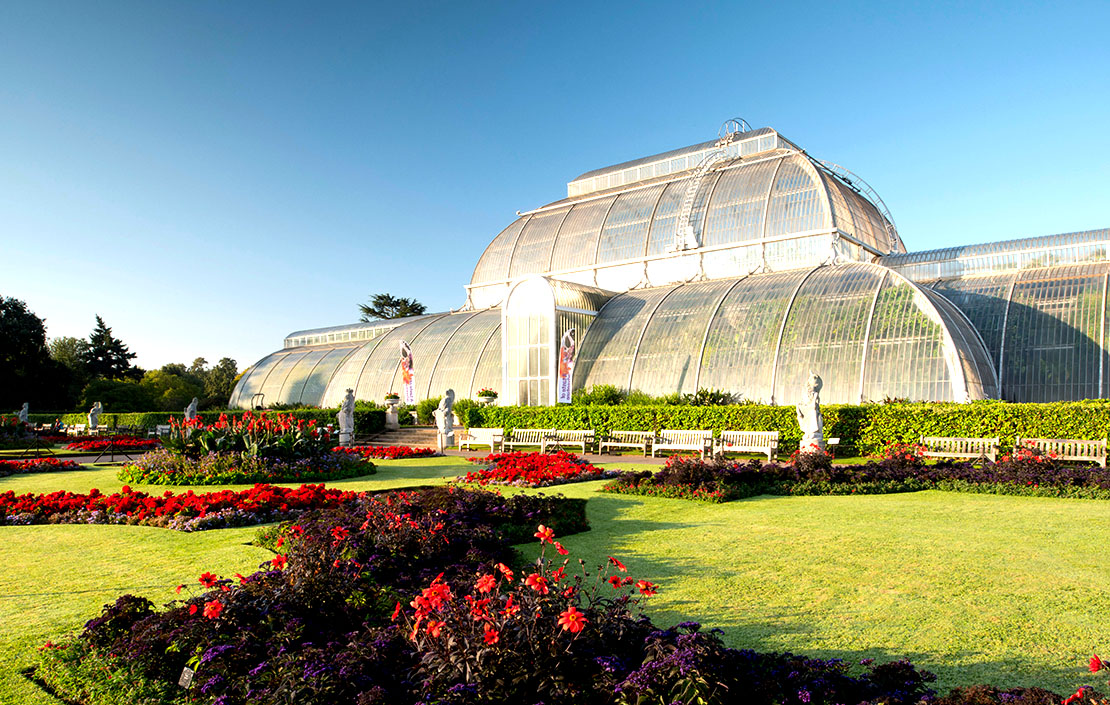
Andy Vernon, author of the excellent Plant Lover’s Guide to Dahlias, grows 30 carefully selected varieties in raised beds or pots ‘to keep the Jack Russells off’.
- Sweet Lady: A strong pink, wonderful for cutting.
- Soulman: Black-red and anemone-centred – arrange it with a cosmos called Dazzler
- Karma Choc and Sam Hopkins: These sultry dark reds are highly recommended
- Night Butterfly: A new collarette (single dahlias with a ruff of smaller inner petals), with white inners suffused in magenta, framed by wine-red petals
- Fifteen Love: A soft apricot-orange collarette with rubbery dark stems and foliage
- Bishop of Llandaff: A traditional peony-flowered red
- David Howard: The classic butterscotch-orange
Andy couldn't decide his favourite, but says the last two on the list would be in every dahlia enthusiast’s top 10 – they’re great in a vase and great in the garden.
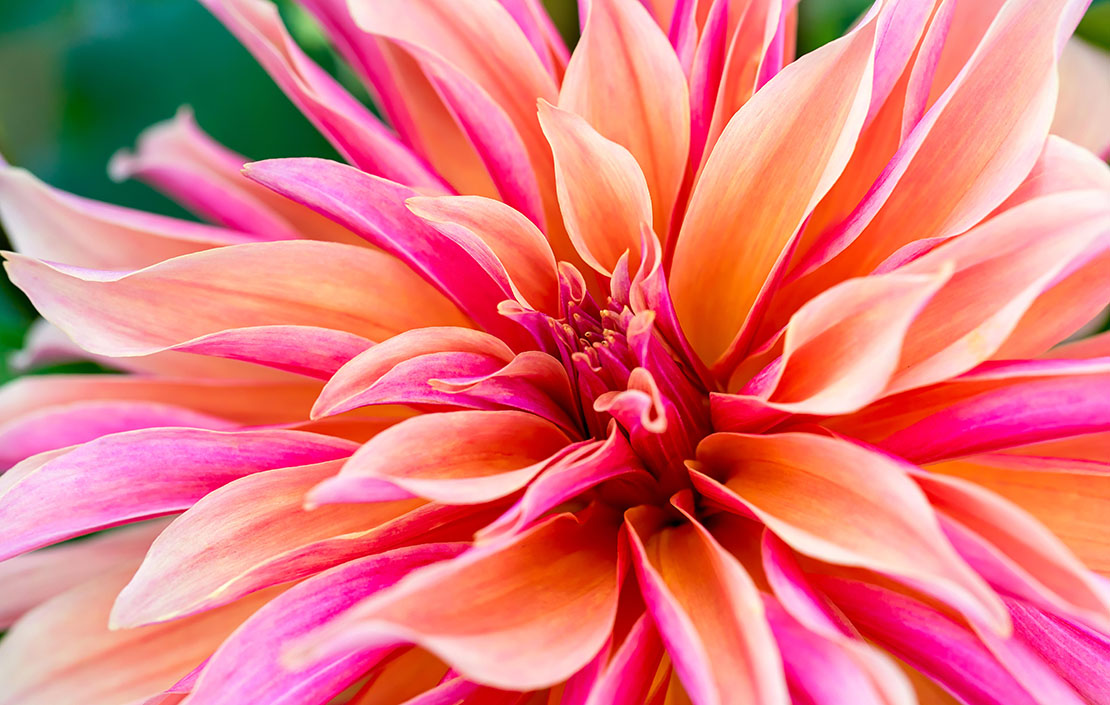
Steve Edney, another member of the RHS dahlia panel and head gardener at The Salutation in Kent. This Lutyens garden and house, now a romantic hotel, is one of the best places to see dahlias. Steve grows 350 different varieties and also has the Plant Heritage National Collection of dark-leaved dahlias.
- Classic Rosamunde: A soft semi-double pink that’s often mistaken for a Japanese anemone, although it’s far less thuggish
- Preference: A pastel cactus dahlia with apricot-pink quills
- American Dawn: Slightly hotter and pinker than the above, this is a beautifully formed decorative dahlia
- Fire Mountain: A ‘neat, blood-red, decorative’ dark-leafed dahlia that Steve says needs full sun to flower well
Steve’s favourite is Hadrian’s Sunlight, a single, yellow, dark-leafed dahlia that’s early to flower and keeps on going.
Exquisite houses, the beauty of Nature, and how to get the most from your life, straight to your inbox.

Anne Barnard of Rose Cottage Plants judges dahlias for the RHS and prefers informally shaped ones.
- Waltzing Mathilda: ‘A warmly coloured whirligig with petals that twist and appear to move’
- Labyrinth: A rather shaggy decorative dahlia that hovers between peach and shocking pink
- Senior’s Hope: This is a colour Anne describes as ‘old, faded velvet’
- Bluetiful: An American variety with lavender-blue ruffled petals
- Jowey Winnie: A peachy-pink ball dahlia that’s perfect for cutting
- Evanah: A rose-pink waterlily variety with a darker colour wash
- Crème de Cognac: Similar in colour to Evanah, but each petal has a defining wine-red picotee edge and a dark reverse
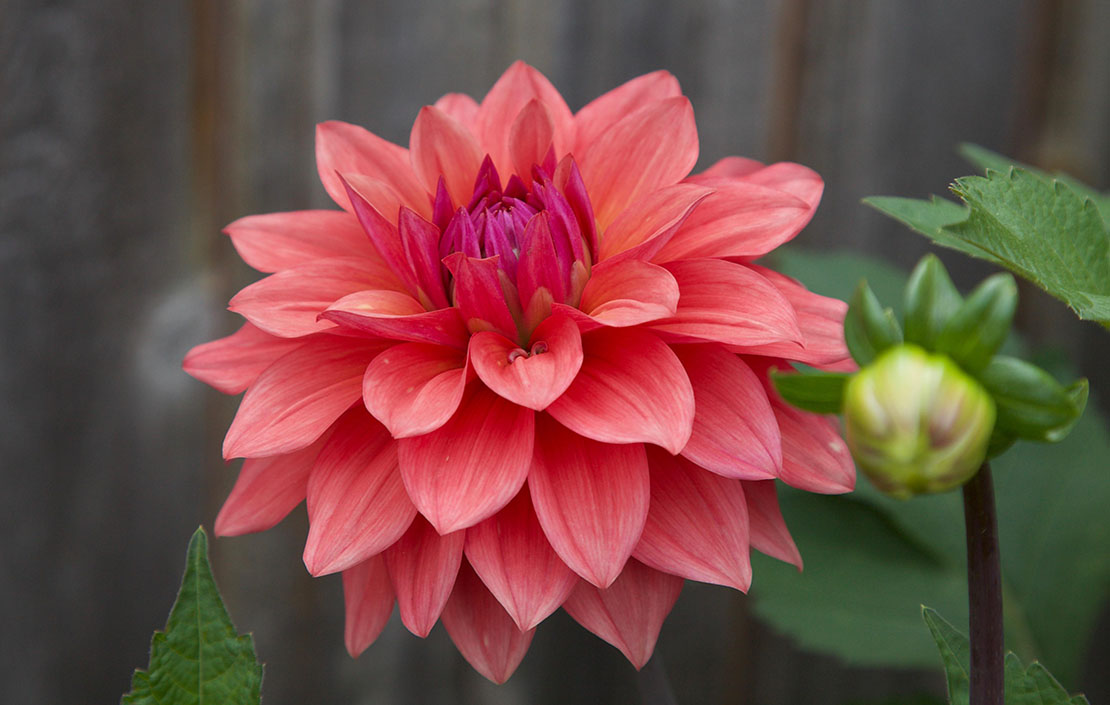
Anne’s favourite is Blackjack, which has a hint of green in the middle and beetroot-tinted stems, buds and foliage
Dahlia planting tip:
In the flower borders, Steve Edney emulates the Great Dixter system and creates large gaps. In spring, these contain tulips and early-flowering bedders such as wallflowers. These are lifted and replaced by dahlias in early June. ‘I never use less than five, seven or nine of one variety, so if you lose one or two to slugs, the display is still good enough to hold its own.’
He always hides their legs and his current favourite for doing this is a pale-pink persicaria called Rowden Gem.
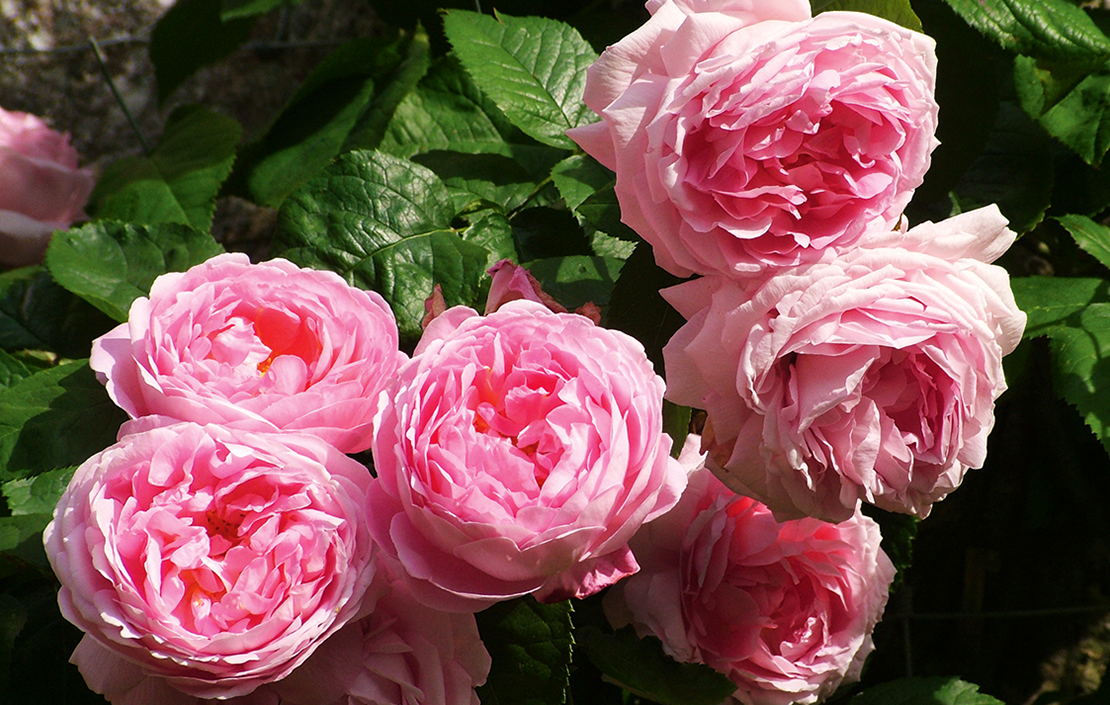
David Austin, Britain's late, great king of roses: The man who brought about 'a revolution in taste, expectations and how we garden'
Charles Quest-Ritson pays tribute to David Austin, the rose breeder and entrepreneur who passed away at the end of last
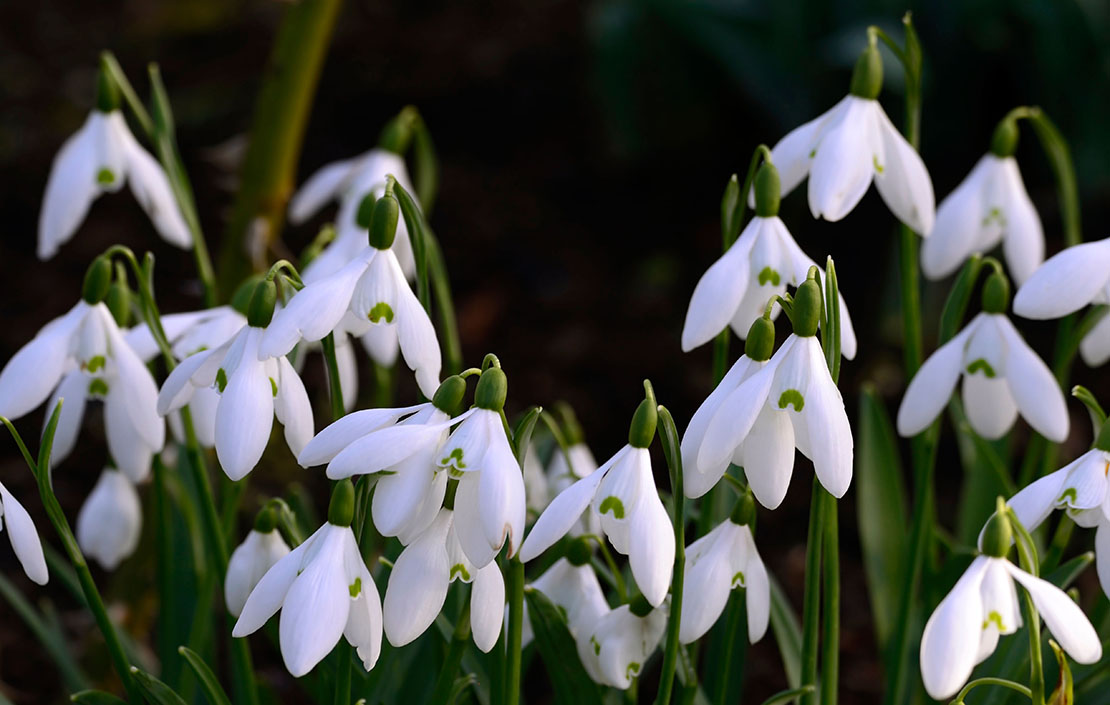
The trials of collecting snowdrops: 'Is there no love for a Heffalump or a Grumpy?'
A galanthophile’s work is never done, says Michael Heseltine, as he tells us about his family's floral hobby; collecting snowdrops.
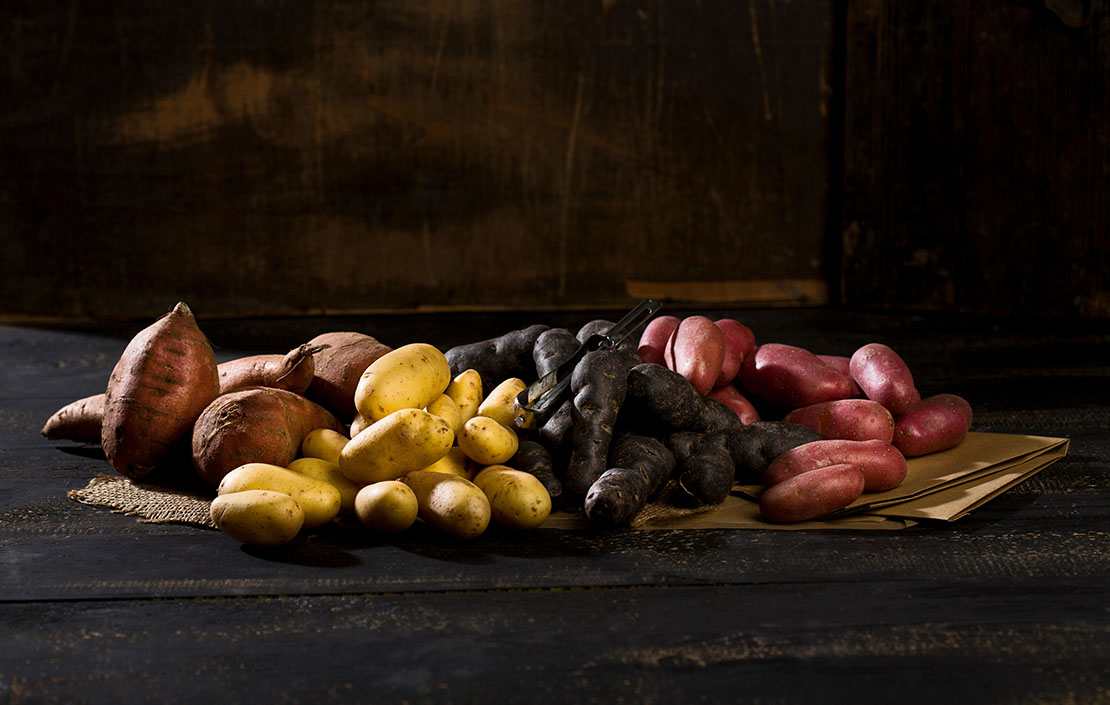
Why you should grow your own potatoes and the 8 varieties you need to try when you do
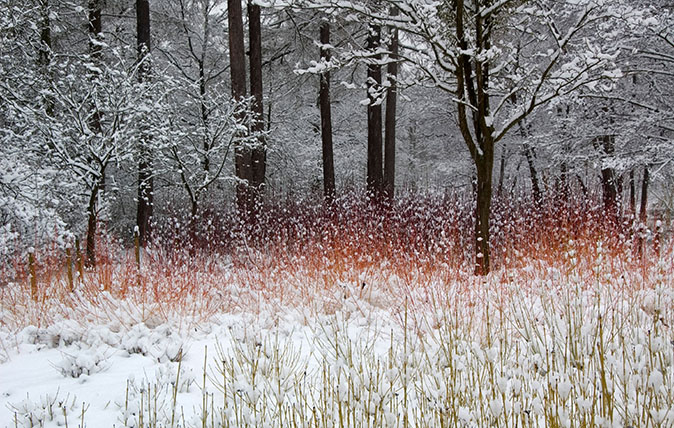
Dogwoods and willows: A new style of winter planting?
Mark Griffiths extols the merits of these bare-stemmed beauties in the world of winter planning, which are both a joy
Country Life is unlike any other magazine: the only glossy weekly on the newsstand and the only magazine that has been guest-edited by His Majesty The King not once, but twice. It is a celebration of modern rural life and all its diverse joys and pleasures — that was first published in Queen Victoria's Diamond Jubilee year. Our eclectic mixture of witty and informative content — from the most up-to-date property news and commentary and a coveted glimpse inside some of the UK's best houses and gardens, to gardening, the arts and interior design, written by experts in their field — still cannot be found in print or online, anywhere else.
